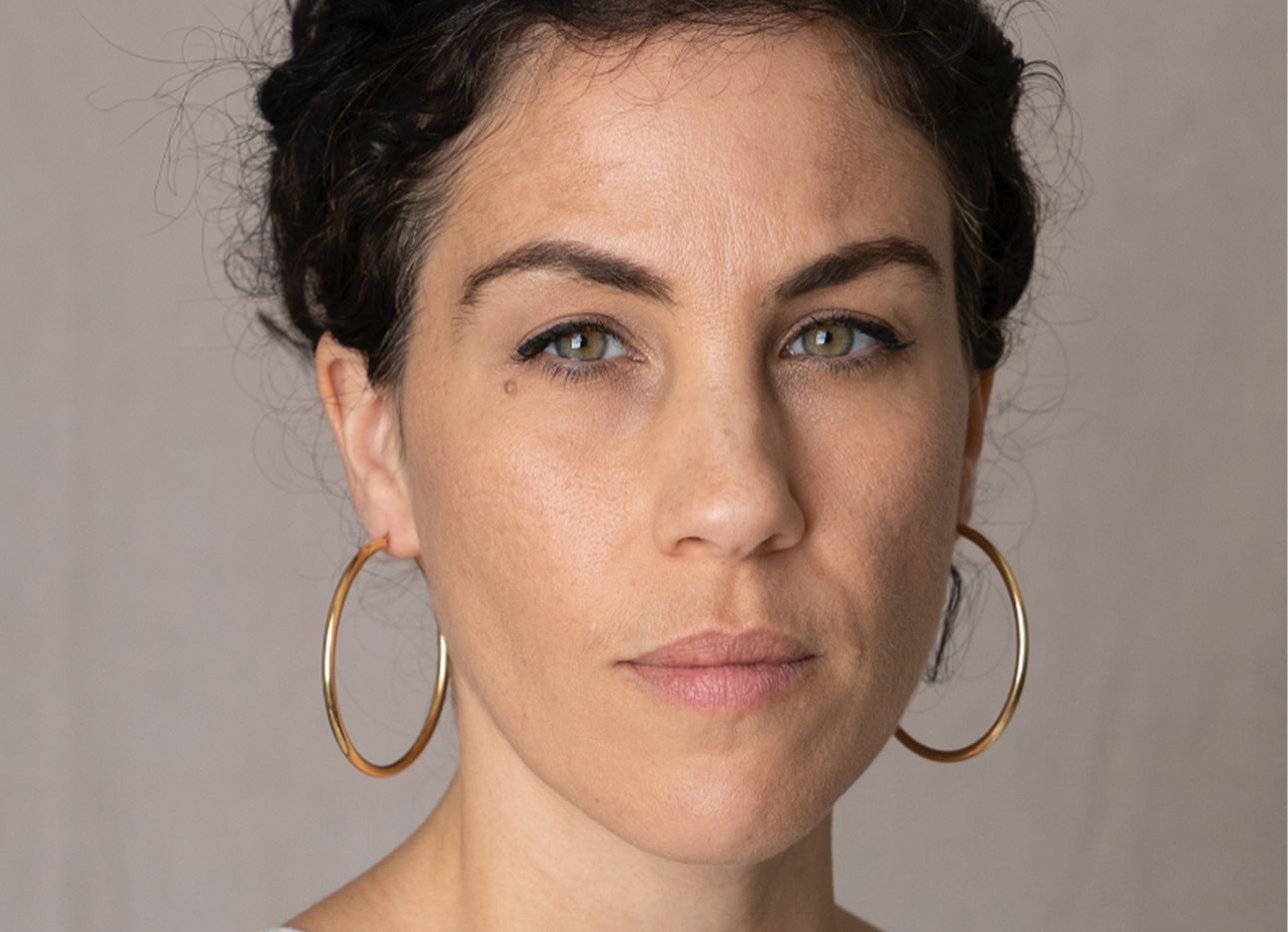
At the Armory Show, an Exhibition Where Artists Share Visions of the Future
Wassan Al-Khudhairi, the chief curator at the Contemporary Art Museum St. Louis, is the curator of this year’s Focus, a recurring section of the Armory Show—one of America’s biggest art fairs, on view from September 9–12 at New York’s Javits Center—that features contemporary solo and dual artist presentations. A destination within the fair itself, Focus allows for involvement in the event through subsidized rates for galleries that might not be able to participate otherwise. And for the first time, in its upcoming iteration, Focus will be in the same building as the main fair (instead of an off-site location), providing increased visibility.
As with many recent in-person events, the pandemic posed unprecedented challenges to the show’s development. “When I was invited to curate Focus, the events of 2020 were looming over all the work we were doing—our sense of time was so strange,” says Al-Khudhairi, who began conceptualizing her contribution to the fair as lockdowns took hold. She chose to confront the uncertainty of the moment head-on, and to invite others to do so, too, by centering the section around the subject of the future. The final result presents artwork that considers tomorrow in different ways: “through the lens of history, of current conditions, and by looking ahead,” Al-Khudhairi says. “Many of the works participate in an interdisciplinary dialogue. They range from engaging with environmental stewardship to highlighting the varying degrees of communication, care, and mutualism that can be nurtured when organisms or communities come together.”
Among the pieces slated to be shown: “A Float for the Future,” created by Crow Nation artist Wendy Red Star of New York’s Sargent’s Daughters gallery, that reimagines a traditional Crow Fair Parade for an altered world; the photo-based series “Celestial Bodies,” by Carla Jay Harris of the Luis De Jesus Los Angeles gallery, that recasts ancient gods as heroic Black protagonists in environments where heaven meets the earth; and a new body of work by Didier William, of New York’s James Fuentes gallery, that considers how generational memory gives form to tradition, trauma, aesthetics, and language.
Taken together, the work on view nods toward a possible future of the art world, and how it can better serve the public—another topic that’s constantly on Al-Khudhairi’s mind. “I’m interested in how art, and art institutions, can become the types of spaces our communities want us to be,” she says. “Right now, I’m paying attention to the ongoing discussions about how museums can evolve. How can we re-envision and reshape our organizations to better achieve the work people need us to be doing?” Through Focus, it seems, she offers one possible answer.